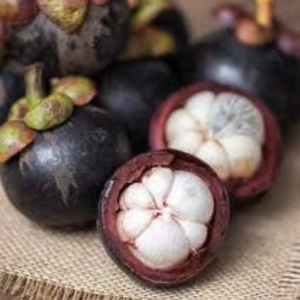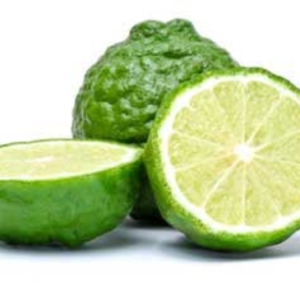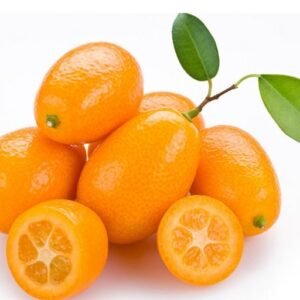Description
Indian bitter melon, botanically classified as Momordica charantia, grows on a prolific climbing vine that can reach over five meters in length and is a member of the Cucurbitaceae family along with cucumbers and watermelon. Also known as the Bitter cucumber, Bitter squash, Balsam-Pear, and Bitter gourd in English, Karela in Hindi, Peria in Malay, and Ampalaya in Tagalog, Indian bitter melons are the edible pods of vines that grow in tropical and subtropical regions across the world. Favored for their medicinal properties, Indian bitter melons have been used for centuries in traditional eastern medicine
Applications
Indian bitter melon is best suited for cooked applications such as frying, boiling, and sautéing. The seeds and pith are very bitter and should be removed prior to preparing. It is also recommended to soak the melon in salt water for at least twenty minutes to help reduce the bitterness. Indian bitter melon can be breaded and fried, mashed with potatoes, sliced into curries, stuffed and fried, and cooked in soups. It can also be served with yogurt, steeped as a tea or used in moong dal. Indian bitter melon pairs well with turmeric, cumin, coriander, chili powder, lemon juice, pita, caramelized onions, lentils, pork, tofu, chile, fish sauce, garlic, eggplant, okra, string beans, tomatoes, lima beans, and coconut milk
Nutritional Value
Indian bitter melon contains fiber, antioxidants, vitamins A and C, magnesium, potassium, iron, zinc, and quinine, which gives the melon its bitter taste.





Reviews
There are no reviews yet.